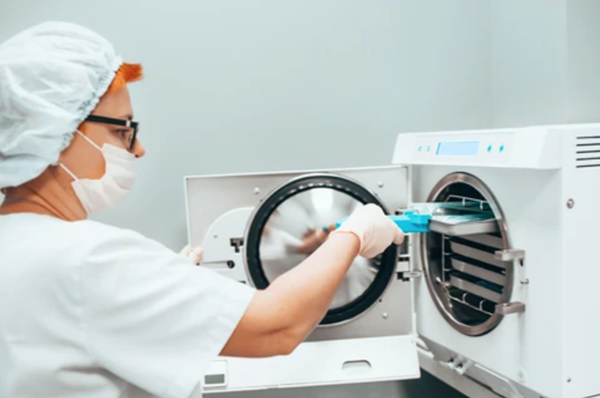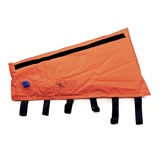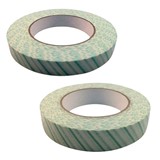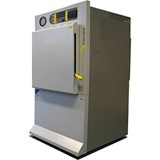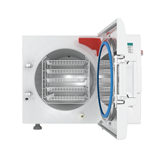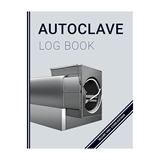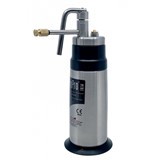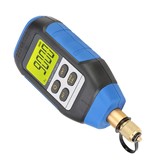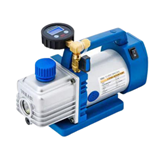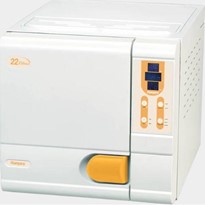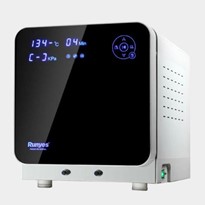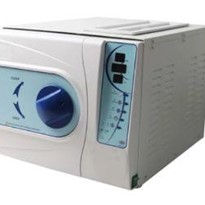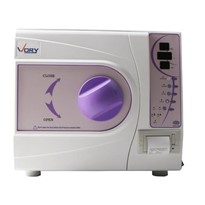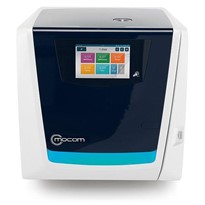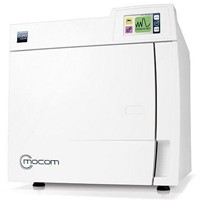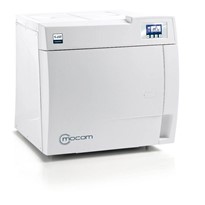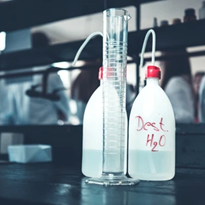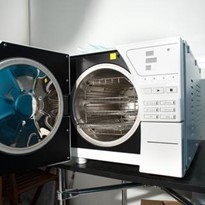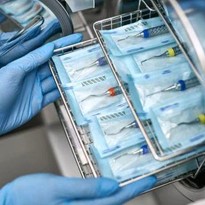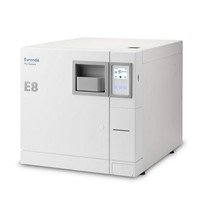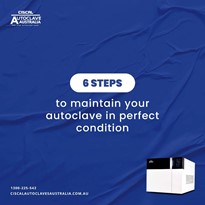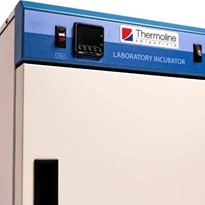Gravity Autoclave Cycle
Gravity autoclaving, also known as gravity displacement autoclaving, is the most basic form of autoclaving.
The process of gravity autoclaving involves displacing all ambient air within the autoclave chamber and forcing it out of the exhaust valves. This is done so that the steam can sterilise the objects inside the autoclave.
When steam is pumped into the autoclave chamber, it rises to the top since it has a lower density than air. This forces the air to the bottom of the chamber where it is then drained from the exhaust valves. When the cycle is complete, the steam is released through the drain vents and the cooling process commences.
Gravity autoclaving is commonly used to process laboratory water, media, regulated medical waste, pharmaceutical products, and nonporous articles whose surfaces can have direct contact with steam.

Vacuum Autoclave Cycle
On the other hand, vacuum autoclaving, or pre-vacuum autoclaving, is best used when air cannot be easily removed from the sterilisation media. Examples of objects it typically sterilises include animal cages and bedding or wrapped surgical kits.
Autoclaves that are designed to perform vacuum cycles have a vacuum system. This system alternates steam injections and vacuum pulls at the beginning of each cycle. This helps to remove the air from within the autoclave chamber.
The vacuum draws help completely obliterate air from the hardest places to reach in the object. Once all the air is absent, the steam will be able to rapidly penetrate the object, allowing for a swift and efficient sterilisation cycle.
Liquid Autoclave Cycle
Unlike the gravity cycle and vacuum cycle, the liquid cycle does not sterilise with a liquid. Rather, it sterilises liquid itself.
Traditional techniques of sterilising liquid often result in situations of boil-over. This happens when a liquid that is being sterilised to high temperatures boils over the container it is being heated in. This typically occurs if pressure is released too fast in the exhaust phase.
A disadvantage of boil-over is that a significant volume of the liquid can be lost due to it violently spilling over the container. As such, it is important to make use of an autoclave that is specially designed for the liquid cycle in order to avoid losses such as this.
The liquid autoclaving cycle avoids boil-over by slowly releasing chamber pressure. It is because of this that the cycle is also known as the slow exhaust method. By slowly releasing pressure, the temperature of the liquid can slowly cool off while the pressure decreases.
The liquid autoclave cycle method is capable of sterilising water, saline, and agar.

Summary
Typically, there are three types of autoclave cycles that you may encounter: the gravity cycle, the vacuum cycle, and the liquid cycle.
In the gravity cycle, steam is admitted to the top and sides of the sterilising chamber. This displaces the air since it has a lower density. Once this occurs, the air is displaced from the chamber through the drain vents, and the object is thoroughly steam sterilised.
Meanwhile, in the vacuum cycle, steam injections and vacuum pulls are generated to displace air from areas that are hard to reach. Once this is accomplished, the sterilisation process is quickly and efficiently carried out.
Lastly, the liquid cycle is used to sterilise liquid. It is the preferred method to sterilise liquid because it can prevent boil-over by slowly releasing pressure and allowing the liquid to cool gradually.


